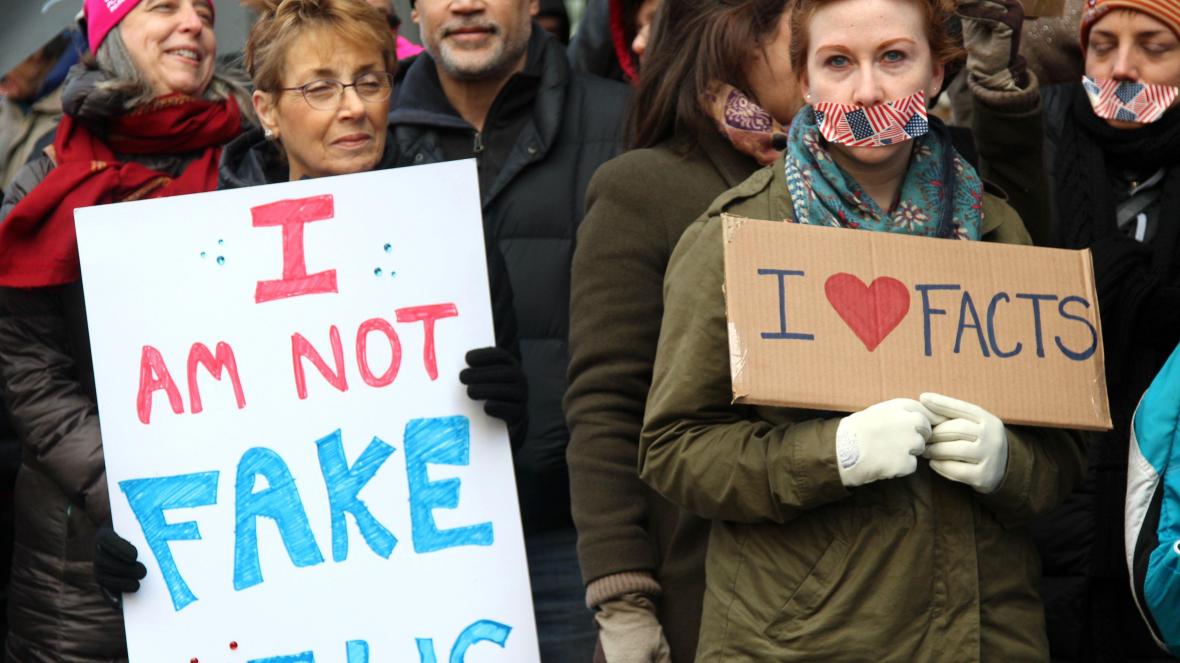The spread of fake news on social networks and directly in the media is of great concern to the public and authorities. The problem has become particularly acute in recent times: in 2016, the Brexit referendum in the UK and the presidential elections in the United States were accompanied by active disinformation campaigns on the Web, especially on Facebook, which subsequently caused citizens’ confidence in such processes and resources to drop significantly. With the onset of the coronavirus pandemic, it turned out that fakes also pose a threat to public health: after all, to a greater extent, thanks to them, someone still believes that Covid-19 is an invention of interested parties, so no measures are needed to protect against infection, and vaccination needed to chip people.
Fakes can be expressed in different forms: sometimes visual or textual information is inserted into an article in order to imperceptibly but biasedly change the presentation, and sometimes the content is completely fabricated, and the only task in this case is to deceive the reader. Such messages attract attention and spread faster than true news, becoming “viral”.
Often such materials are presented in an emotionally colored form. As researchers have shown, it is emotions in this case that become one of the key factors that prevent users from critically evaluating the information they offer: such messages are processed faster and, in some cases, without focused attention. However, one psychological concept known as “emotional intelligence” may offset this effect.
The authors of the new work – psychologists from the University of Strathclyde in Glasgow (UK) – decided to check whether people who demonstrate a high level of “emotional intelligence” (that is, the ability to recognize emotions, intentions, motivation, desires of their own and other people and manage them) tend to do not succumb to fakes and identify them. The study is published in the journal PLOS One.
The experiment involved 87 residents of the UK (55 of them – women): 66 – aged 17 to 35 years, the rest were from 36 to 56 years. Volunteers were divided into two groups based on their level of education: the first included those who had already graduated from a university or were in their last years (57 people); in the second – those who graduated only from school or college (30 people).
All of them were first asked to complete an emotional intelligence questionnaire. The participants also read a series of news stories on social networks on the topics of health, crime, inequality and the environment: fakes assumed only brief information without reference to sources and were written more subjectively. All messages were supported by likes, comments and reposts (they varied randomly) – just like regular posts on Facebook.
For each of the six pieces of news, the subjects were asked to critically evaluate, then they answered four questions (“to what extent do you agree with the following statement?”, “Are the author and the attached article objective?”, “Does the article look professional?” and so on). Responses were given on a five-point psychometric Likert scale (1 – strongly agree, 5 – strongly disagree). In addition, the participants were given the opportunity to explain their answers.
As a result, the authors of the study found that volunteers who correctly identified the veracity or fake news were most likely to receive high scores on tests of emotional intelligence. A correlation was also observed with the level of education: for example, participants with a university degree coped much better with the task of identifying disinformation.
Since the fake messages were written in an emotional vein, the arguments of the experiment participants who believed them were as follows: “I personally experienced it”; “My children are in the same position, so I know this”; “The graph above shows everything”: “The author thinks the same way as I do.” Those who didn’t fall for the misinformation noted: “There is emotional/condescending language in the abstract”; “This is a scary article without any data”; “This is not an official or government source” or “It seems more like idle talk.”
“While distinguishing real news content from fake news was difficult, on average participants were more likely to answer correctly. Previous research has shown that people can be trained to increase their own level of emotional intelligence. This should help them to more accurately distinguish which news is reliable and which is misleading,” commented Dr. Anthony Anderson, one of the authors of the work.












